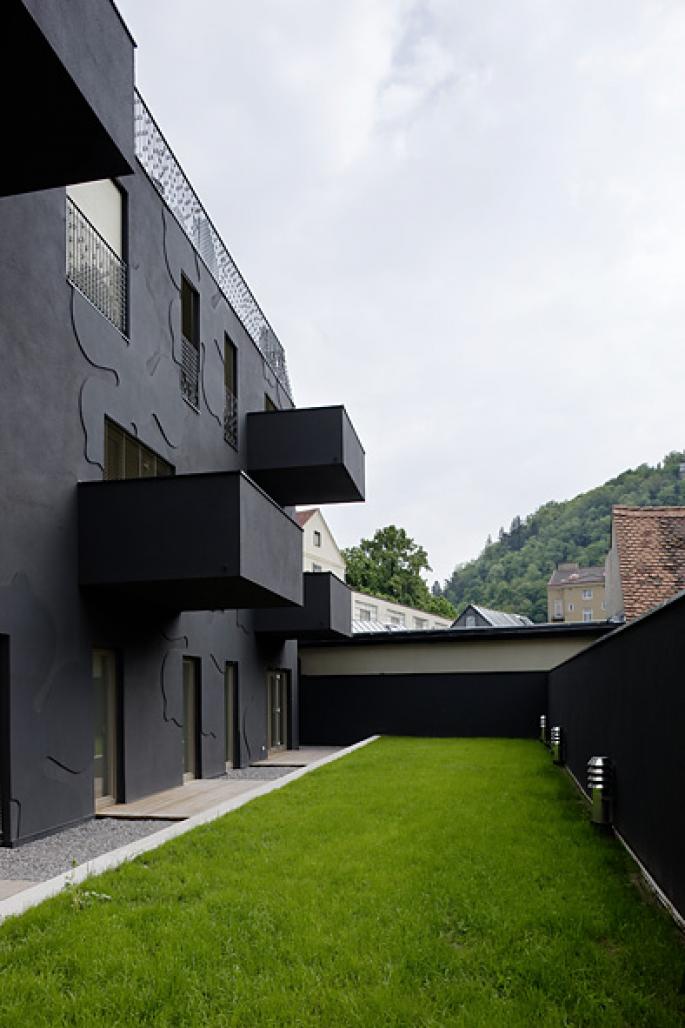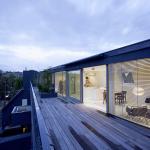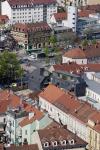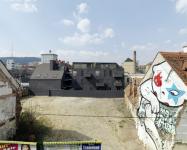“The Rose am Lend is more than a building. It is, rather, a snapshot of a development history; it is part of the development and transformation of one of the most complex areas of the city of Graz, and it tells its own story as one of the oldest existing buildings in the Landplatz, built during the Baroque period in the 18th century.
The Rose am Lend creates a strong, immutable identity in very diverse, urban surroundings. The 11 apartments offer high-class, urban living space, and the business premises on the ground floor follow the distinctive tradition of commerce and trade, as well as the tradition of the Lendplatz as a market place. (DI Martin Lesjak)
Contrary to investors’ habits of demolishing the old gable-ended houses in the area around the Lendplatz, a decision was made to allow these to remain and to renovate them; that is to say, to add another level to the courtyard building.
Integrating the project into a structural as well as social context was, from the beginning, an essential part of the project. A club was even opened during the planning phase, and still today the business premises act as a temporary function room.
The design as well consciously borrows what was already there and transforms the context. The rose motif is thus a reference to the time when the old building was constructed (late Baroque), and the name itself is made up of the remains of the old Schuhaus am Lend in the wording and the reference to the HI. Rosalia – the statue in the Lendplatz. This motif is played out in various ways and sizes in the whole design. The wrought-iron flowers on the railings complement, for example, the large roses on the façade.
The property was acquired by the architects together with business partners in 2005 and, in the course of the Styrian region’s programme to assist with renovation works, was renovated and expanded. This assistance allows for social diversification through low-cost lettings.
The Rose - as the project has now become commonly known - has, in the meantime, become a fixed part of the identity of the area around the Lendplatz and has established itself as a further contribution towards its colourful diversity.
2007
2008






